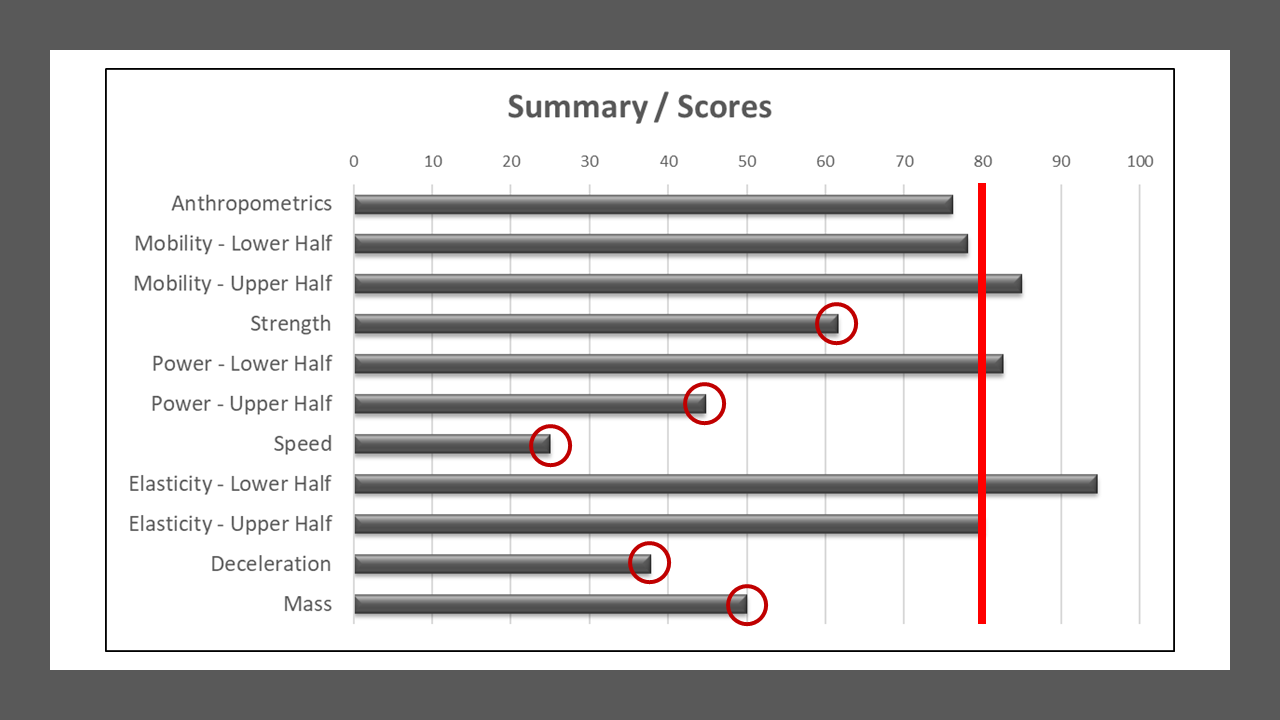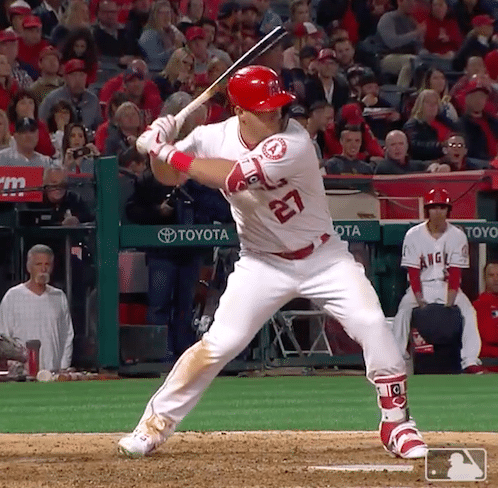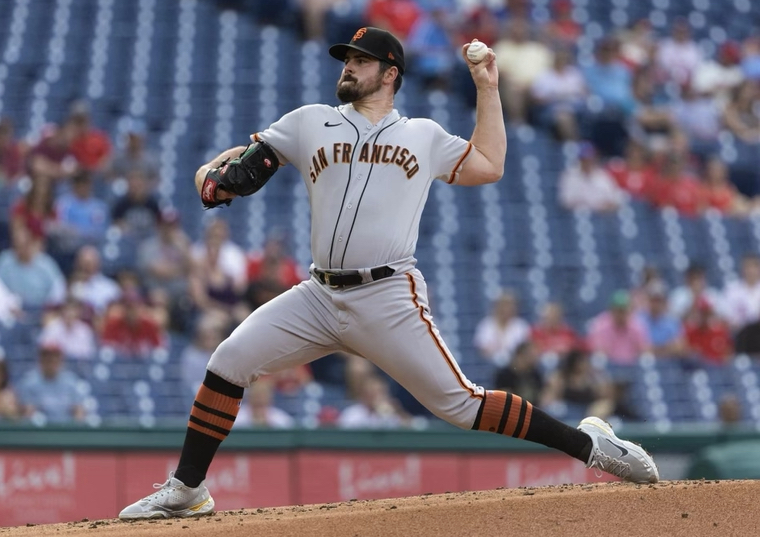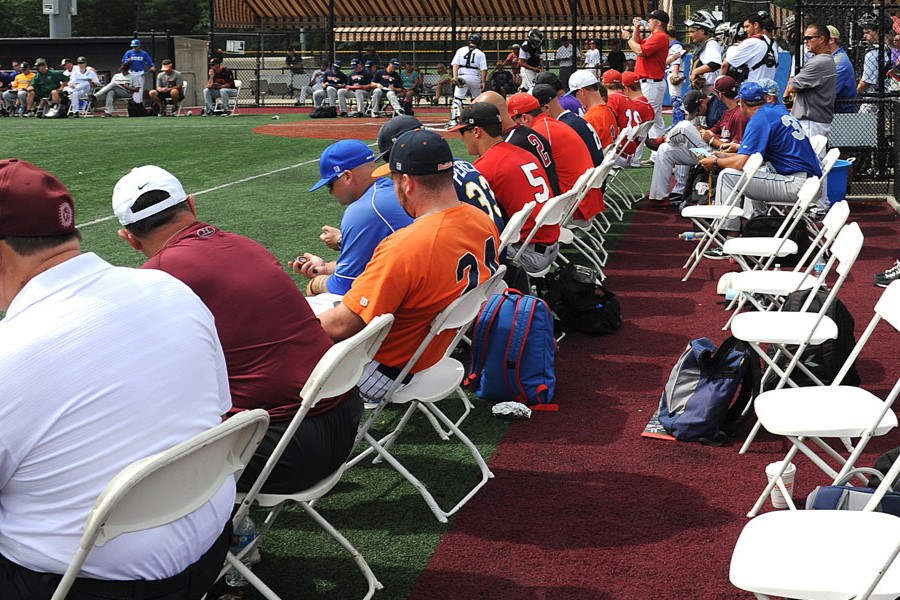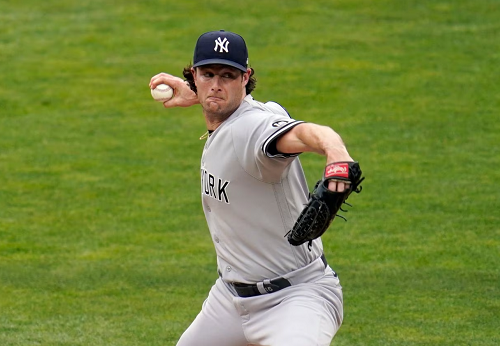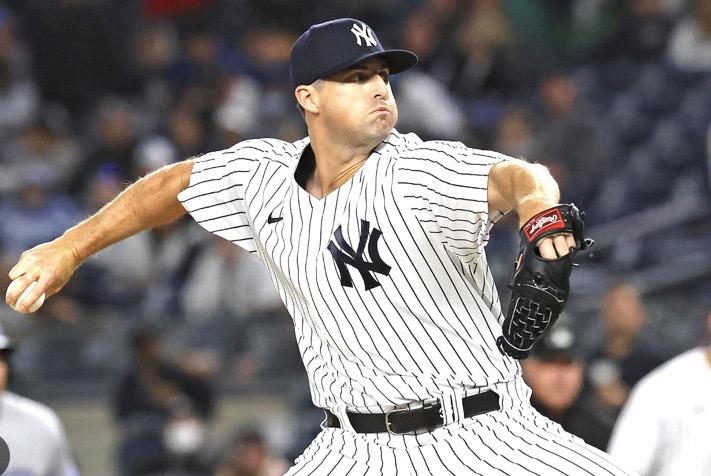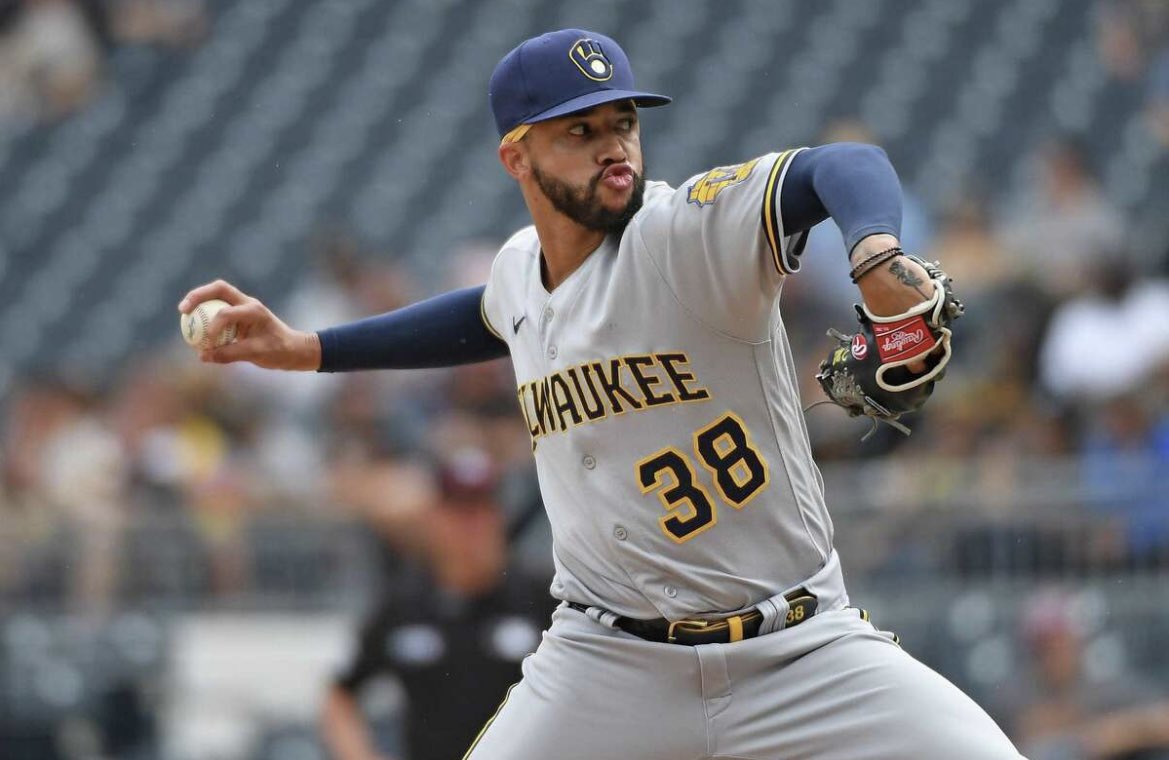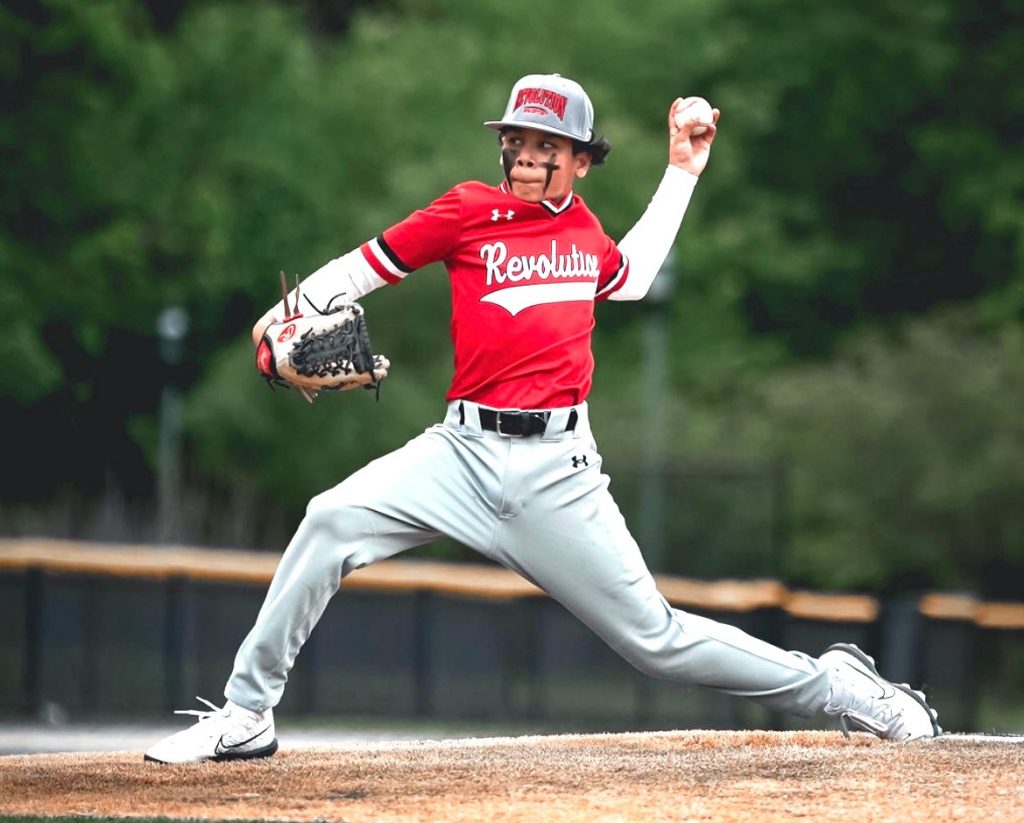
Helping young pitchers develop into the best versions of themselves requires an understanding of their physiological development and capabilities at any given age. Asking a 13-year old pitcher to post-up may be a complete waste of time, if he doesn’t have enough lead leg strength to create a good block. With our more developed and older athletes, we may review as many as 50-60 potential disconnects. But when it comes to the younger guys, you have to be aware of what they may or may not be capable of performing. Consequently, we generally begin with a reduced set before expanding what we look for in their youth pitching mechanics. We have listed them here on a priority basis.
Continue reading “Helping Young Pitchers Develop into Elite Throwers”

